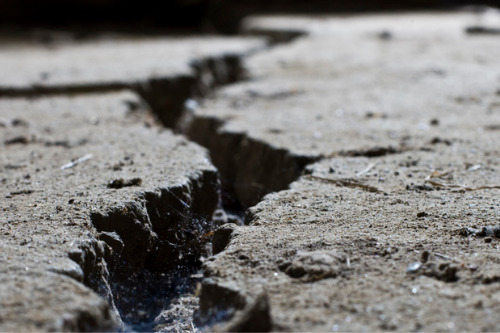

The magnitude 7.8 Kaikōura earthquake in 2016 helped shape the New Zealand insurance industry’s earthquake response in ways that can still be felt today, according to EQC chief readiness officer Josh Lindsay.
The Canterbury earthquakes in 2010/2011 proved that, despite best efforts, EQC was not as well equipped as it could have been in dealing with such huge natural disasters.
“As an organisation, we were accustomed to dealing with around 4000 active claims per year, but now faced an overwhelming 450,000 active claims from that earthquake sequence,” Lindsay wrote in a post on the EQC website. “We knew we needed to learn from the Canterbury experience and adjust our approach in response to future natural disasters, so when the Kaikōura earthquake occurred, we embraced the opportunity to adapt our delivery.”
Like the previous Canterbury quakes, the Kaikōura earthquake caused significant infrastructure damage, leading to a high volume of claims and a sense of isolation for many in the community. According to EQC, it received close to 40,000 residential building, land and contents claims for this event.
For the Kaikōura quake, EQC worked closely with the insurance industry, allowing it to trial an approach that allowed private insurers to manage natural disaster claims from end to end.
“There's no doubt that Kaikōura was a big job,” Lindsay said. “We needed to work closely with our insurer partners to support an effective approach and ensure our customers received the best possible outcomes. The forging of the partnership and the camaraderie across the industry helped us work through the challenges we faced together. As an output, it was positive to see 75% of customers satisfied with the claims process, and that in the first year alone 80% of claims were settled and closed, with less than 5% reopened.”
Last year’s public inquiry into EQC identified several areas for improvement, one of which was developing a single point of contact for consumers. Another point EQC addressed was improving data sharing and loss modelling capability, which allows the insurance sector to be more prepared and more resilient to different natural disaster scenarios.
“Our response in Kaikōura helped us reimagine our business and implement a new natural disaster response model, which was launched this year,” Lindsay said. “The model sees private insurers manage EQCover claims on our behalf. As a result, it enables a unified, joined-up insurance response and recovery system.”
